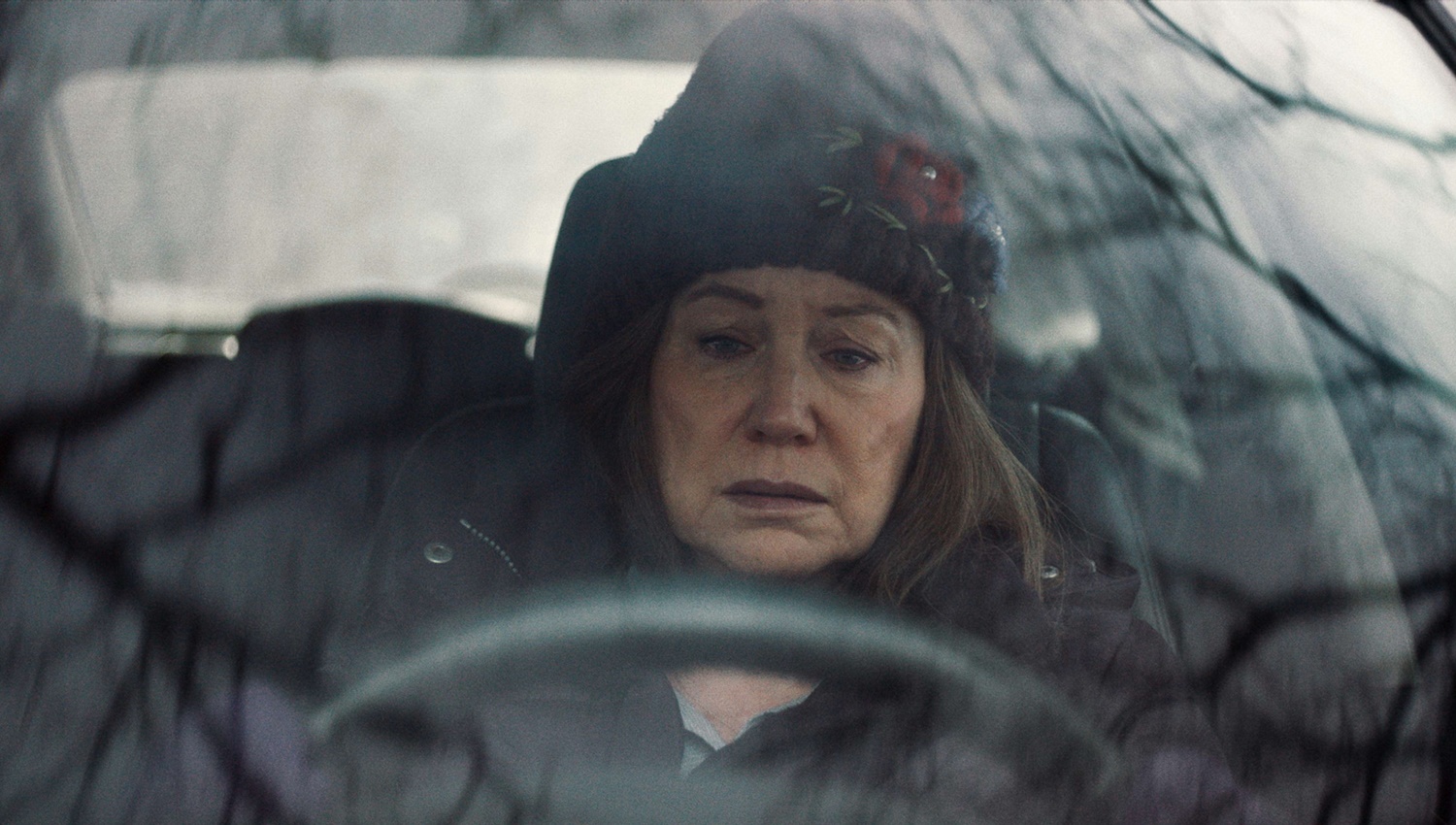
Diane
Dustin Chase
Already gaining a reputation as one of the most sobering and depressing movies of the year, “Diane” takes viewers on a journey of goodbyes. Written specifically for actress Mary Kay Place, she is the latest actor to get a juicy leading role for her swan song. Like Sam Elliott in “The Hero,” Harry Dean Stanton in “Lucky” or Blythe Danner in “I’ll See You in My Dreams” (which co-starred Place), “Diane” looks at a specific type of senior, one that is unhappy with where her life has stalled. All the films I mentioned previously are about characters who find themselves lonely and nearly abandoned by society. “Diane” is the opposite. Diane (Place) is surrounded by friends and family that only add complications and frustration to her life. It’s similar to what I imagine a modern day “Golden Girls” might look like, but without the laughter and comedy, and set during a cold, miserable New England winter.
Diane brings over a casserole dish to her neighbor whose husband is ailing. Out of the fridge pops a casserole dish for Diane, the two friends laugh, acknowledging the exchange of comfort food and that each is returning the other’s dish that they have had for some time. Diane is entering the winter season of her life but refuses to slow down, sitting bedside with a cousin who is dying of cancer, cooking and serving food weekly at the homeless shelter, and checking in on her adult son Brian (Lacy) who is slipping back into drug use after years of failed attempts to get clean. “You need some peace!” a friend shouts at Diane, for overextending her concern to everyone around her. Diane is being intentionally hard on herself because of a mistake she made back in the late ’90s, something that has triggered her son’s behavior and her dying friend’s resentment. It’s that guilt that drives her compassion and her hostility.
The film’s pacing will be a struggle for younger audiences, the subject matter, a bitter and unpleasant pill for older audiences.
Place (“Girl Interrupted,” “Being John Malkovich“) is tasked with a role that’s inwardly complex which she effortlessly delivers in a way that appears very natural. Portraying a true to life character, especially if it’s a true story, can be some of the most difficult work in acting. Documentarian Kent Jones wades into his first narrative feature film with a firm grasp on what he is trying to accomplish. It’s a no-frills movie that’s 100% character study. He touches on so many subjects including how one person’s negativity can affect everyone around them. However, even that negativity is complex. It would be easy to write “Diane” off as a sad movie about sad people living sad lives, but in truth, there is a self-reflective component here that’s more potent than Glen Close’s “The Wife.”
Not likely to be an awards contender due to the micro-distribution the film is getting and at the wrong time of year. However, there is a scene later in the film where Diane’s son confronts her with religion at the dinner table that allows the character to finally blow off some of the steam she’s been carrying throughout the story. With a natural resting bitch-face, Place nails this scene which could certainly be described as the scene of her career. The film’s pacing will be a struggle for younger audiences, the subject matter, a bitter and unpleasant pill for older audiences; all of which leaves “Diane” without much of a fanbase.
Final Thought
Mary Kay Place finally gets the role she deserves.

1 thought on “Diane”
Very well written.